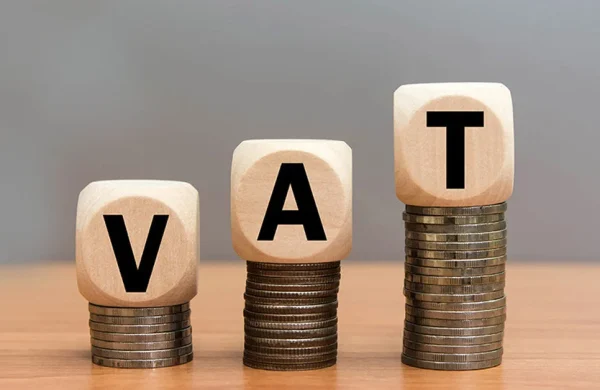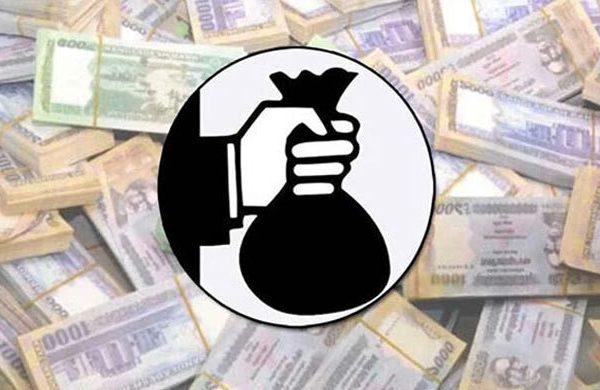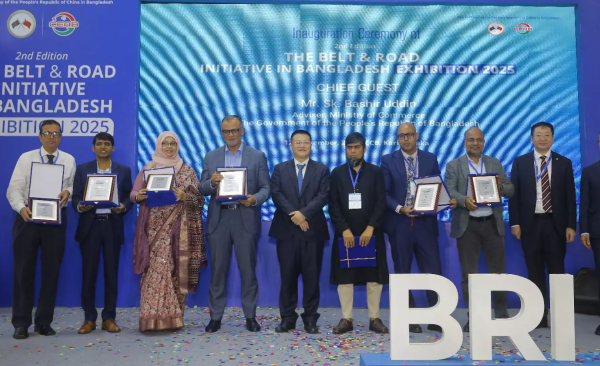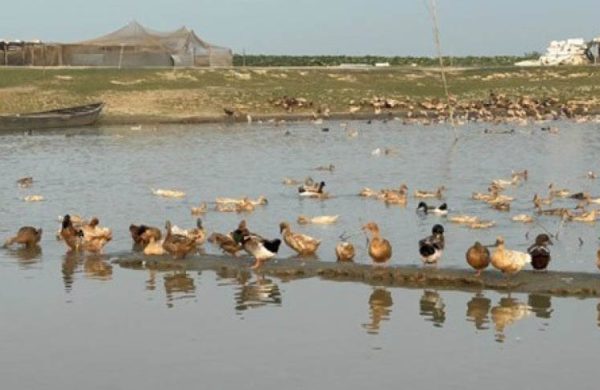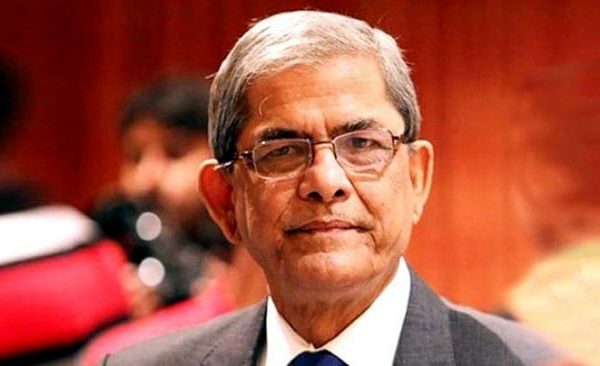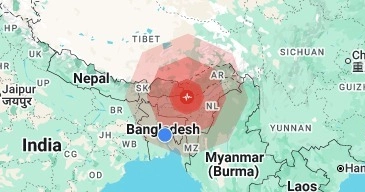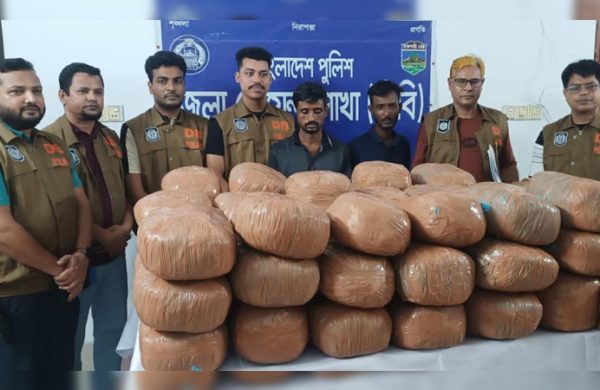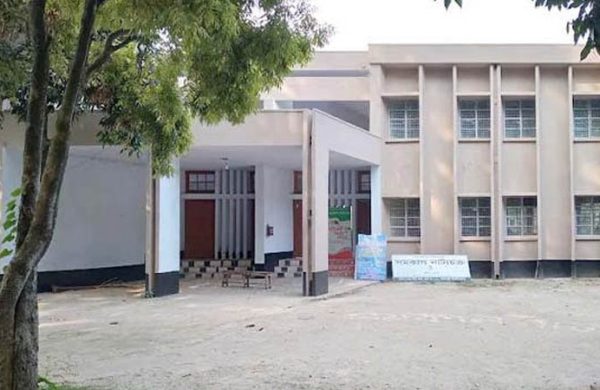Slow pace in agricultural loan disbursement; experts find it alarming
- Update Time : Friday, April 25, 2025

Staff Correspondent:
Agricultural loan disbursement in Bangladesh has slowed down, with banks disbursing Tk 3,639 crore less than the target of Tk 28,500 crore during the first nine months of the current fiscal year 2024–25.
According to the latest agricultural loan update from Bangladesh Bank, banks disbursed a total of Tk 24,861 crore over the 9-month period—around Tk 3,639 crore short of the agricultural loan disbursement target.
Among the banks, two failed to disburse any agricultural loans during this period, while nine banks disbursed less than one-third of their respective targets, according to the central bank report.
Commercial banks are required to allocate 2 percent of their total loan disbursements to the agriculture sector.
Accordingly, the target for FY 2024–25 was set at Tk 38,000 crore.
During the July to March period, banks were expected to disburse 75 percent of the annual agricultural loan target.
Hoever, only 65 percent had been disbursed by March.
Private banks, in particular, have fallen behind, disbursing Tk 14,727 crore against a target of Tk 19,390 crore.
In contrast, state-owned banks have slightly exceeded their targets.
Since the beginning of the fiscal year, loan demand in banks has remained low, attributed to political unrest and efforts to oust the government.
Following Sheikh Hasina’s fall on 5 August, a reform drive in the banking sector was initiated.
“Since the beginning of the current fiscal year, the demand for loans in banks has been low due to political uncertainty. At that time, banks adopted a cautious approach to loan distribution,” said the Managing Director of a private bank, requesting anonymity.
He added that Bangladesh Bank’s policy of curbing inflation by raising interest rates and reducing money supply has also had an impact on loan disbursements.
Dr Jahangir Alam, a renowned economist specialising in agricultural and rural development, that the reduced loan flow to other sectors, including industry, trade and services, also negatively impacted agricultural loans.
“As a result, agricultural loan also took a hit. But the priority of financing in the field of food security was ignored,” he said.
He noted that a strategy to increase agricultural loan had been determined some time ago to ensure food security.
As part of that plan, banks were mandated to allocate 2 percent of their total loans to agriculture, Jahangir Alam said.
He urged that special attention be given to enhancing agricultural loan disbursement to safeguard food security and reduce dependence on food imports.
Banks without rural branches typically distribute agricultural loans through microfinance organisations (NGOs) registered with the Microcredit Regulatory Authority (MRA), a government regulatory body.
Banks failing to meet their agricultural credit distribution targets will face penalties, according to Bangladesh Bank, which is monitoring the matter.
Locally owned Padma Bank and foreign-owned Woori Bank have yet to begin agricultural loan disbursement for the fiscal year.
Union Bank has disbursed only 5.31 percent of its target. First Security Islami Bank and IFIC Bank have disbursed 13 percent each, Madhumoti Bank also 13 percent, while Shahjalal Islami Bank, Mutual Trust Bank, and Social Islami Bank have each disbursed 23 percent. Southeast Bank has disbursed 16 percent.
Among foreign banks, HSBC has disbursed only 9 percent.
Despite the relatively low loan volumes, foreign-owned Standard Chartered Bank, Bank Alfalah, State Bank of India, and Habib Bank have all achieved their annual agricultural loan disbursement targets within the first nine months.


